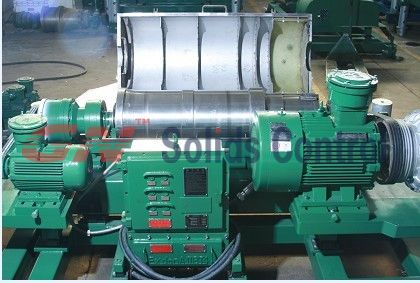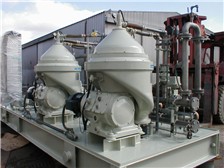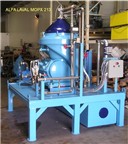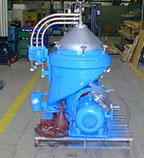Hyundai’s direct-injected, turbocharged four-cylinder engine is a smooth, modern powerplant that sips nothing more exotic than 87 octane fuel. Yes, good, old regular. And the Sonata 2.0T ($28,999 base) still manages to generate 274 horsepower at 6,000 rpm and 269 lb-ft of torque from 1,750 to 4,500 rpm. Maximum power on the cheapest gas. Now that’s an achievement. Typically, high-performance engines with high cylinder pressures, turbos included, need higher octane fuel to avoid knocking – pre-ignition.
Hyundai senior powertrain engineer Mark Guin offers a long list of reasons why the Sonata’s turbo is a genuinely tricky piece of engineering, but the biggest question of all is this: Will it be reliable? Well, says Guin, development tests included 300 hours at wide-open throttle followed by 20 hours at 6,700 rpm. The turbo engine should last just fine.
To explain the secrets here, a little geek-speak. Skip the next two paragraphs if you simply want to know how the Sonata turbo drives.
Okay, the Sonata 2.0T has a fully electronic wastegate actuator which allows a greater degree of control over boost than traditional actuators. (A wastegate is a valve that diverts exhaust gases away from the turbine that pushes more air into the cylinders, thus creating more power.) Hyundai also uses the electronics to open the turbocharger's wastegate during cold starts, which helps rapid light-off of the catalytic converter, thus improving cold starts. The electronic actuation helps throttle tuning for better fuel economy, too. Meanwhile, the turbine housing — integrated with the exhaust manifold — is made of a special stainless steel and can withstand extreme exhaust gas temperatures. Because of this, the 2.0T doesn't rely much on fuel enrichment to keep its exhaust bits cool, further enhancing fuel-efficiency. Hyundai also reinforced the aluminum engine block, beefed up the connecting rods and piston design, improved the oil squirters and added temperature-resistant valves and valve seats. A lot of cooling work went into the design, too. A good thing because turbos use hot engine exhaust gases to spin that turbine driving air into the cylinders.
The driving? Turbo boost builds progressively and smoothly. This is a sweet little engine that delivers serious power before the tach sweeps past 2,000 rpm. The power comes on in a linear fashion, rather than with a wham and a bam. In a word, power builds seamlessly and there is no drop-off during gear changes. It’s all very sweet.
This turbo really does deliver just about everything you could want in a V-6, but with lower fuel consumption. As for the rest of the car, Hyundai did not make any changes to the chassis or suspension. Apparently the engineering in those areas is robust enough to handle the extra turbo performance.
Not everyone needs or wants extra power, but for those who do, Hyundai has a relatively fuel-efficient answer.
2011 Hyundai Sonata 2.0T
Type: Mid-size sedan
Price: $28,999 ($1,565 freight)
Engine: 2.0-litre, four-cylinder, direct injection, turbocharged
Horsepower/torque: 274 hp/269 lb-ft
Transmission: Six-speed automatic
Drive: Fron-drive
Fuel economy (litres/100 km): 9.3 city/6.0 highway; regular gas
source: www.theglobeandmail.com













